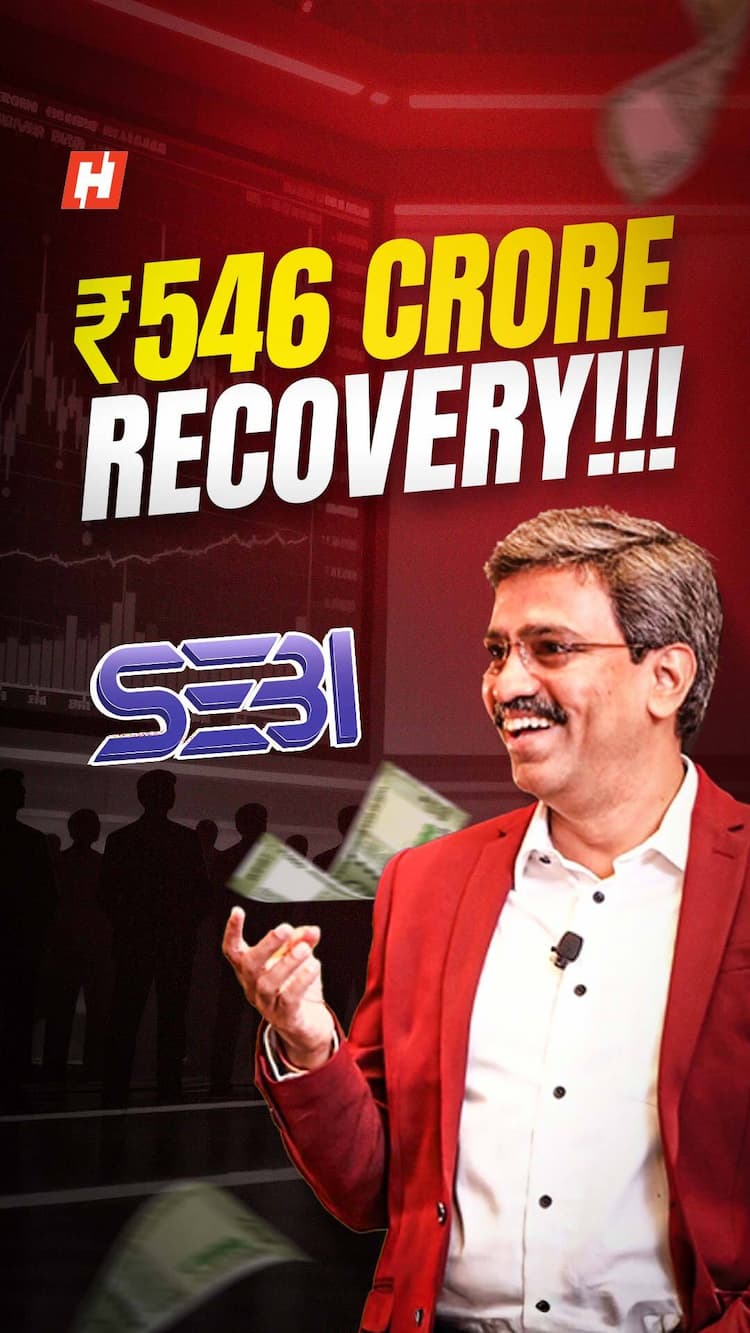Why the Indian middle class is working harder – but getting poorer
An investment banker’s recent LinkedIn post has sparked debate across the country. Kanishk Kar, a Sales Associate at Yes Bank, laid out why India’s middle class is feeling more financially strained than ever before.
Kar argues there’s no single reason behind this growing pressure – it’s a combination of rising costs and stagnating incomes.
-
Salaries vs Inflation Since 2016, inflation has averaged around 6% annually. However, salary growth in many white-collar jobs has remained stuck at 3–4%. This means people are earning more on paper, but their money buys less in reality.
-
Everyday Essentials Are Costlier Basic expenses like food, rent, fuel, and school fees have surged. The savings or “buffer” people once had at the end of each month is shrinking fast.
-
Tax Burden Is Uneven Middle-class earners making ₹15 lakh per year pay up to 30% tax. In contrast, many ultra-rich individuals use legal loopholes and tax havens to avoid taxes on capital gains. As Kar puts it, “The middle class is footing the bill – but isn’t getting much back.”
-
Aspirations Are Expensive Buying a home? EMIs have increased. Even renting a 1BHK flat in Tier-2 cities is becoming unaffordable. Education costs are also soaring – Kar notes that parents today pay more in school “activity fees” than they did for an entire MBA degree.
-
No Financial Safety Net The middle class is expected to handle retirement planning, insurance, and investments on their own – with little support or proper guidance. One unexpected medical emergency could wipe out five years of savings.
Kar ends with a warning: India can’t grow stronger if its middle class keeps weakening. He calls for better financial education, balanced tax policies, and a system that values the middle 60% of the population – not just the wealthy.









